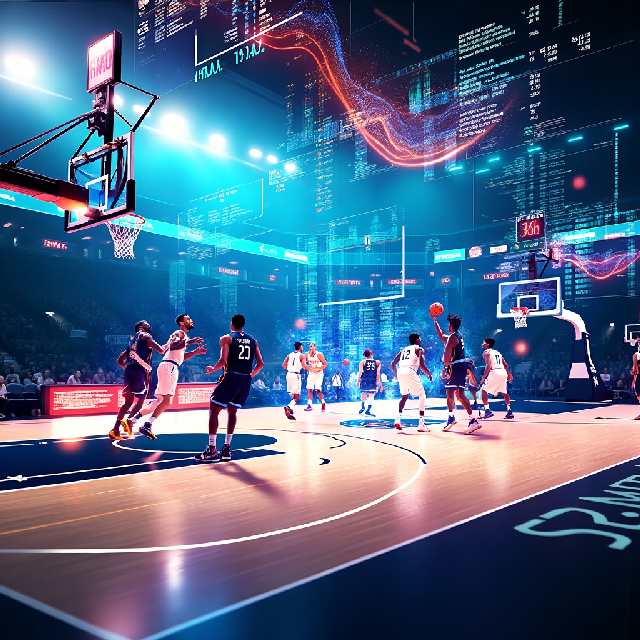NCAA Predictive Models: A Comprehensive Guide
Predicting the outcomes of NCAA Men’s Basketball Tournament games is a complex yet fascinating endeavor. This guide delves into the intricacies of predictive modeling, exploring feature engineering, machine learning techniques, and practical applications in sports analytics.
Introduction to NCAA Predictive Models
The NCAA Men’s Basketball Tournament, commonly known as March Madness, captivates millions with its unpredictability and excitement. Predictive models play a crucial role in forecasting game outcomes, aiding in bracket predictions, and informing strategic decisions. These models analyze data from various sources, including team performance metrics, historical game data, strength of schedule, and Las Vegas point spreads.
Importance of Predictive Models
- Bracket Predictions: Enhance accuracy for fans and analysts alike.
- Strategic Decision-Making: Provide insights for coaches on optimal lineups and in-game adjustments.
- Fan Engagement: Foster a deeper connection through interactive tools like fantasy leagues and score predictors.
Feature Engineering: Crafting Data for Success
Feature engineering is the process of creating new features from existing data to improve model performance. Effective feature engineering involves several strategies:
Key Strategies
- Log Transformation: Normalizes data distributions, enhancing model interpretability.
- Feature Augmentation: Derives new features using mathematical functions or domain knowledge.
- Dimensionality Reduction: Techniques like PCA reduce complexity without losing essential information.
Machine Learning Techniques
Advanced machine learning algorithms are crucial for predictive accuracy:
Popular Algorithms
- Random Forests and Neural Networks: Identify complex patterns in data.
- Logistic Regression: Effective for classification tasks, predicting game outcomes.
- Bayesian Models: Incorporate prior knowledge to improve predictions.
Key Performance Metrics
Evaluating model effectiveness involves several metrics:
Essential Metrics
- Accuracy: Measures correct prediction rate, though can be misleading in imbalanced datasets.
- Log Loss: Penalizes confident wrong predictions, providing a nuanced performance measure.
- Bracket Score: Assesses how well predicted brackets align with actual tournament results.
Practical Applications
Predictive models have transformative impacts across various domains:
Real-World Impacts
- Coaching Strategies: Inform lineup decisions and tactical adjustments.
- Fan Engagement: Interactive tools enhance participation and enjoyment.
- Sports Management: Guide player recruitment, injury prevention, and ticket pricing.
Challenges in Model Development
Despite advancements, several challenges persist:
Common Issues
- Data Quality: Inconsistent or missing data can undermine model reliability.
- Overfitting: Models may perform well on training data but poorly on new data.
- Unpredictability: Upsets and team dynamics complicate accurate predictions.
Future Trends
Emerging technologies are reshaping predictive modeling:
Innovations to Watch
- Advanced Machine Learning: Techniques like deep learning offer enhanced pattern recognition.
- Real-Time Analytics: Enable in-game decision-making with live data insights.
- AI Integration: Improves prediction accuracy and adaptive capabilities.
Conclusion
Predictive models are integral to understanding and enjoying NCAA basketball, offering insights that drive strategic decisions and enhance fan engagement. As technology evolves, these models will become even more sophisticated, shaping the future of sports analytics.

The article covers NCAA predictive models, discussing feature engineering and machine learning techniques. I’m curious if it talks about preventing overfitting with regularization or cross-validation.
The article discusses overfitting as a challenge but doesn’t explore solutions like regularization or cross-validation, which are vital for building reliable models. It feels like a missed opportunity to highlight these key methods.
The article talks about overfitting but skips key fixes like regularization and cross-validation, which help build reliable models. While it covers general ideas, these methods stop overfitting by making sure models work well with new data. Regularization, like Lasso or Ridge, keeps things simple, and cross-validation checks performance more accurately. These are important in machine learning and should be discussed more.